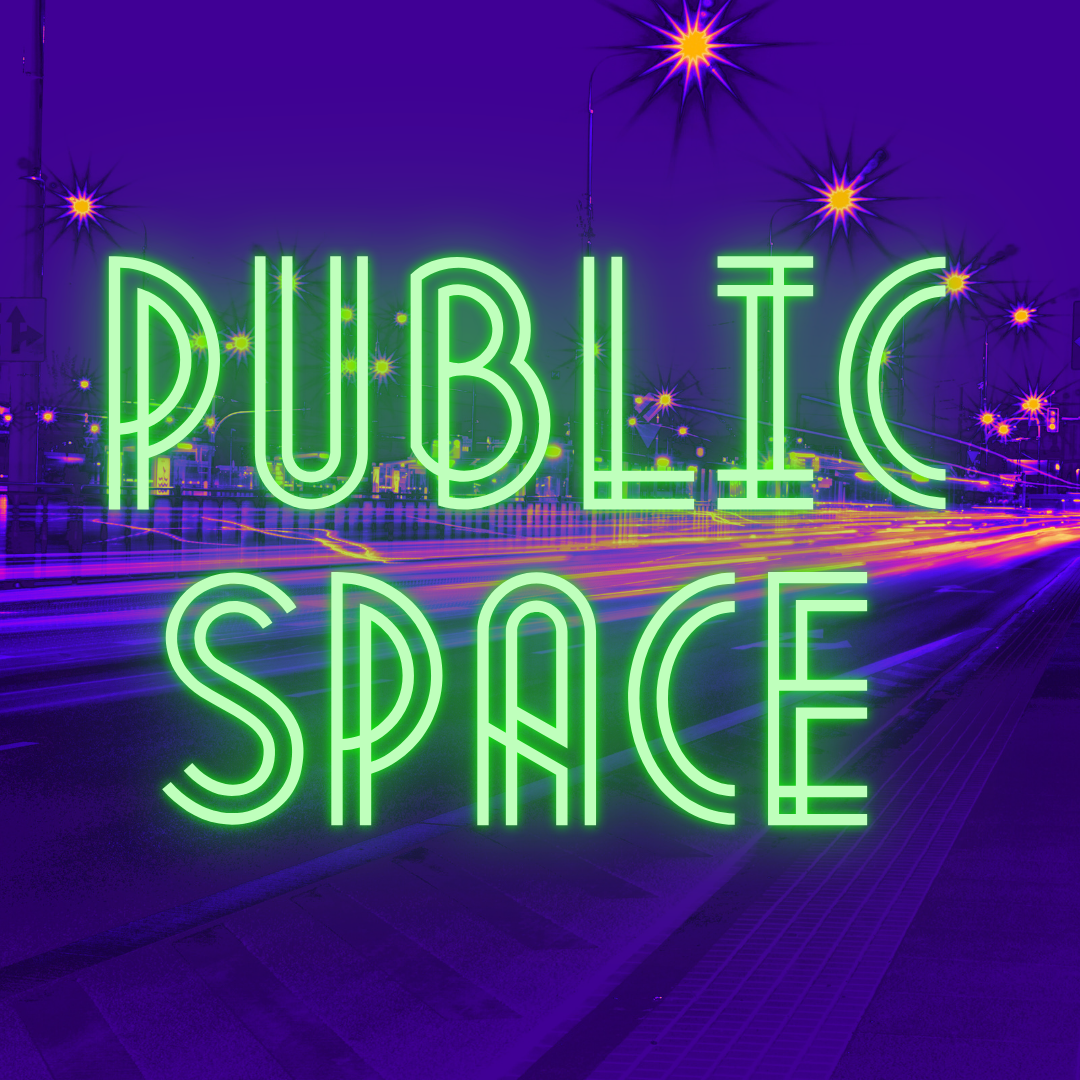Public space at work: 34 Avenue open street
Street Works seek to make justice normal in the cultural asset ecosystem by resisting systemic injustices. One way is in how we seek to design an alternative to status quo artistic presentation models, including museums, that do not serve justice. That’s why we focus on public space.
Many large arts institutions have colonial histories, and the infrastructure of the museum as we know it today is a Western concept. But injustices are not actually a thing of the past.
From trafficking in heritages and remains of BIPOC, to abysmal record on acquisitions and pay gaps, contemporary institutions continue to suppress, control, or erase BIPOC narratives and advance wealth inequality. Still, 60% of arts funding went to 2% of large museums in 2017.
Public space is the closest thing we have to collective space. It is our parks, streets, and plazas. It is also our subways and libraries, although they might come with more limitations. Not only do public spaces have fewer doors and admissions turn styles; they also often have fewer stairs and more access points. Public infrastructure is also how we can literally stand on the results of collective choices, and we should all have a say in them.
2024 Street Work: 34 Avenue’s Open Street
The 2024 Street Work will take place on 34th Avenue’s Open Street in Jackson Heights, Queens. New York City's Open Street program was launched in May 2020 as an emergency response to the COVID-19 pandemic. Across the city, certain streets were shut down to traffic for certain hours, to create more space for pedestrians and cyclists to enjoy in the open air.
34th Avenue in Jackson Heights, Queens, became the longest open street, a 26-block stretch starting at 69th Street and spanning about 1.3 miles. Today, this stretch closes every day from 8 AM — 8 PM. It also serves multiple programs run by 34th Ave Open Streets Coalition, including English classes, arts, dance classes, and local food drives. For the first years, it was mostly maintained by local volunteers, who went out morning and evening to move the barriers that closed the street.
As with all experiments in public infrastructure, the Open Street has had challenges. Is it fully equitable? How do we balance perspectives of residents, businesses, and community groups, including those who are used to driving, in need of parking, and worry about emergency access?
While there’s much more to do, the program has radically demonstrated the potential for urban streets to be reimagined as community spaces that promote health, fewer cars, and more community connection. With the right care and creative attention, we hope it can be part of a broader shift in urban planning towards prioritizing people over vehicles, reflecting a vision for more livable and climate forward city.

